Istanbul Atatürk International Airport: Alles, was Sie wissen müssen
Der Istanbul Atatürk International Airport, früher das wichtigste internationale Drehkreuz der Stadt, befindet sich auf der europäischen Seite Istanbuls, 28 Kilometer südwestlich des Stadtzentrums. Während der kommerzielle Passagierbetrieb inzwischen auf den neuen Istanbul Flughafen (IST) verlegt wurde, bleibt Atatürk als Zentrum für Fracht, Wartung und spezielle Charterflüge in Betrieb. Aufgrund seiner historischen Bedeutung und strategischen Lage ist er weiterhin ein interessantes Thema für Reisende, die die Geschichte und Infrastruktur des Verkehrs in Istanbul erkunden möchten.

Geschichte und Bedeutung des Atatürk-Flughafens
Benannt nach Mustafa Kemal Atatürk, dem Gründer der Republik Türkei, spielt der Flughafen seit seiner Eröffnung im Jahr 1953 eine zentrale Rolle in der Luftfahrtgeschichte Istanbuls. Bis zur Eröffnung des neuen Istanbul Flughafens im Jahr 2019 war Atatürk einer der verkehrsreichsten Flughäfen Europas und verzeichnete in seinem Spitzenjahr 2018 über 68 Millionen Passagiere. Bekannt für seine modernen Einrichtungen und umfangreichen Verbindungen war er ein bedeutendes Drehkreuz für Turkish Airlines und verband Istanbul mit über 300 Reisezielen weltweit.
Aufbau und Terminals
Der Atatürk-Flughafen besteht aus drei Hauptterminals:
- Inlandsterminal: Diente früher für Flüge innerhalb der Türkei mit Direktverbindungen zu Städten wie Ankara, Izmir und Antalya.
- Internationales Terminal: Eine hochmoderne Einrichtung, die Flüge nach Europa, Amerika, Asien und den Nahen Osten abwickelte.
- Frachtterminal: Speziell für Fracht- und Logistikoperationen, die heute noch aktiv sind.
Die Terminals waren gut miteinander verbunden und boten geräumige Wartebereiche, Duty-Free-Shops und Lounges, um sowohl Freizeit- als auch Geschäftsreisenden gerecht zu werden. Das Flughafendesign legte besonderen Wert auf Effizienz, sodass Passagiere einfach zwischen Check-in-Schaltern, Sicherheitskontrollen und Gates navigieren konnten.
Transport zum und vom Atatürk-Flughafen
Auch wenn der Atatürk-Flughafen keine regulären Passagierflüge mehr abwickelt, bietet das Verständnis seiner Verkehrsinfrastruktur wertvolle Einblicke in die Verbindung der Istanbuler Flughäfen mit der Stadt. Die folgenden Transportmittel dienten früher dem Flughafen:
1. Metro
Die M1 Metro-Linie verband den Atatürk-Flughafen direkt mit der Aksaray-Station auf der europäischen Seite Istanbuls. Von dort aus konnten Passagiere zu anderen Linien umsteigen, wie:
- Die T1 Tram-Linie für touristische Ziele wie Sultanahmet und Eminönü.
- Das Metrobus-System für weiter entfernte Ziele.
Die Metro war eine erschwingliche Option, mit Tickets zu etwa 2 TL pro Fahrt.
2. Shuttlebusse
Havataş betrieb Shuttlebusse, die eine direkte Verbindung zum Taksim-Platz boten. Diese Busse fuhren regelmäßig und hielten an wichtigen Verkehrsknotenpunkten. Die Fahrt dauerte typischerweise 30–40 Minuten und kostete etwa 10 TL.
3. Taxis
Taxis boten eine bequeme Möglichkeit, das Stadtzentrum zu erreichen, insbesondere für Gruppen oder Reisende mit viel Gepäck. Die Preise lagen zwischen 30–50 TL, abhängig von der Tageszeit und den Verkehrsbedingungen. Um Sicherheit zu gewährleisten und Überpreise zu vermeiden, wurde empfohlen, offizielle Taxis mit Taxametern zu nutzen.
4. Mietwagen
Mehrere große Autovermietungen, darunter Avis, Hertz und Europcar, waren am Atatürk-Flughafen vertreten. Ein Mietwagen war eine beliebte Wahl für Reisende, die die Umgebung Istanbuls oder andere Städte in der Türkei erkunden wollten.
Sehenswürdigkeiten in der Nähe
Die Lage des Atatürk-Flughafens bot einfachen Zugang zu mehreren bemerkenswerten Attraktionen in Istanbul, darunter:
- Chora-Kirche: Berühmt für ihre beeindruckenden byzantinischen Mosaike, 11,6 km entfernt.
- Großer Basar: Einer der größten und ältesten überdachten Märkte der Welt, nur 13 km entfernt.
- Topkapı-Palast: Die prächtige ehemalige Residenz der osmanischen Sultane, 14 km entfernt.
Einrichtungen und Dienstleistungen
Während seiner Zeit als kommerzieller Flughafen bot Atatürk eine breite Palette an Annehmlichkeiten, um das Passagiererlebnis zu verbessern. Dazu gehörten:
- Duty-Free-Shops: Eine große Auswahl an Waren, darunter Luxusmarken und türkische Spezialitäten.
- Restaurants und Cafés: Mit internationaler und lokaler Küche.
- Lounges: Bequeme Sitzbereiche für Business- und First-Class-Reisende.
- Wi-Fi: In ausgewiesenen Bereichen der Terminals verfügbar.
- Geldwechsel: Geldautomaten und Wechselstuben für Komfort.
Tipps für Reisende
Falls Sie den Atatürk-Flughafen für Fracht- oder Charteroperationen nutzen, beachten Sie folgende Tipps:
- Planen Sie Ihren Transport: Der Verkehr in Istanbul kann unvorhersehbar sein, daher sollten Sie zusätzliche Zeit einplanen.
- Überprüfen Sie die Routen: Da Atatürk keine regulären Passagierflüge mehr bedient, stellen Sie sicher, dass Ihre beabsichtigten Transportdienste verfügbar sind.
- Bargeld mitnehmen: Viele lokale Dienstleistungen, wie Taxis oder kleine Anbieter, akzeptieren möglicherweise keine Karten.
- Transfers im Voraus buchen: Private Transferservices können Komfort und Sicherheit bieten.
Fazit
Obwohl der Atatürk International Airport nicht mehr als Hauptpassagier-Drehkreuz Istanbuls fungiert, bleibt sein Vermächtnis als Tor zur Türkei bedeutend. Mit seinen hochmodernen Einrichtungen und seiner strategischen Lage diente er jährlich Millionen von Reisenden und spielte eine entscheidende Rolle bei der Gestaltung der Konnektivität Istanbuls. Für Reisende, die die Geschichte und Infrastruktur Istanbuls erkunden möchten, bleibt Atatürk ein Symbol für das Luftfahrterbe der Türkei.
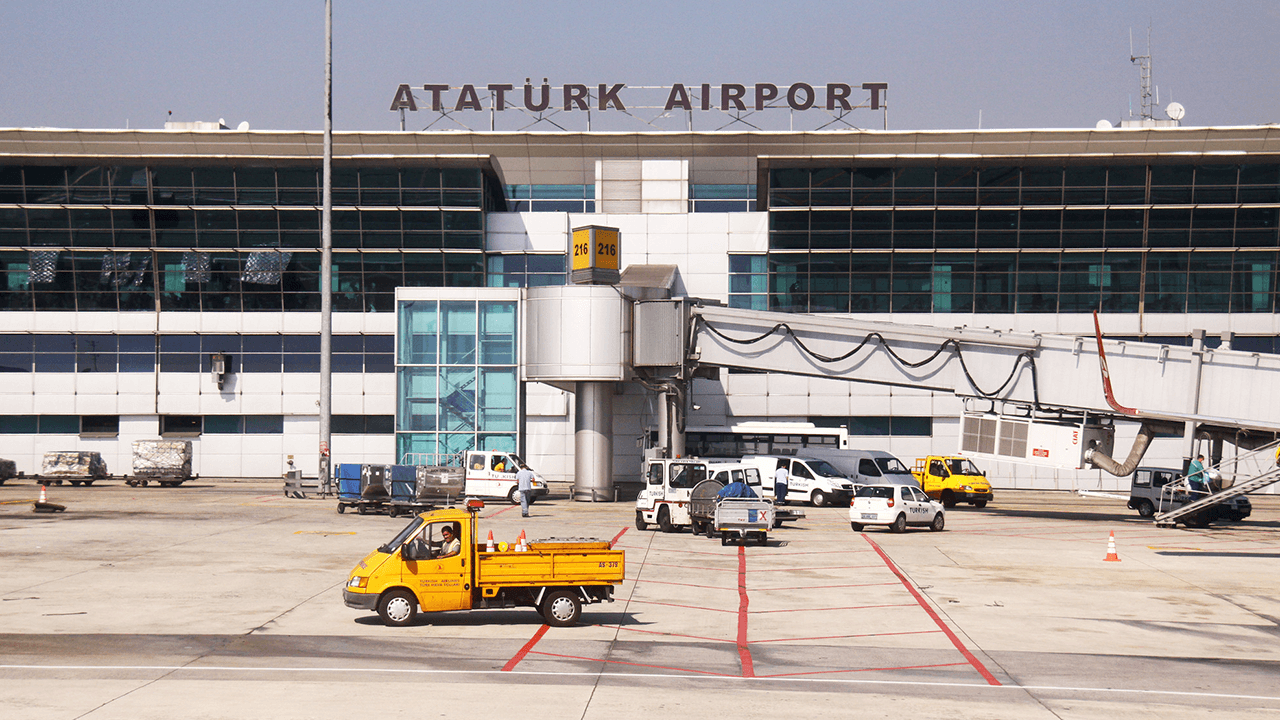

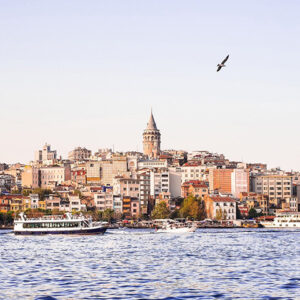

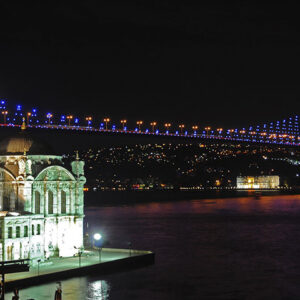





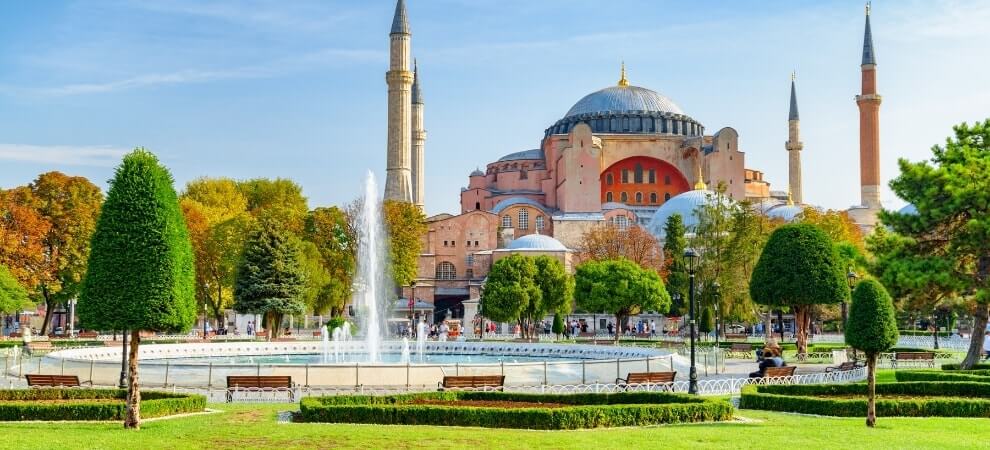
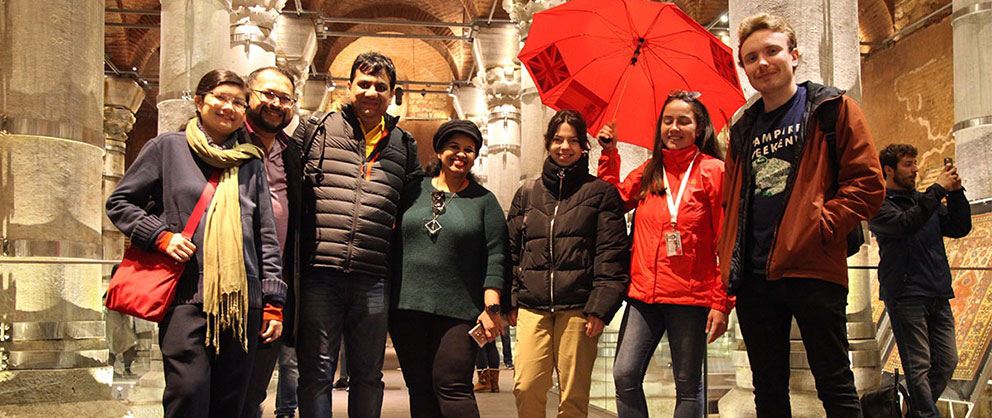

3 Gedanken zu „Istanbul Atatürk International Airport“
★★★★★
Das Erkunden von ‚Istanbul Atatürk International Airport‘ hat all meine Erwartungen übertroffen. Eine perfekte Kombination aus Kultur, Schönheit und Wissen.
★★★★★
Über ‚Istanbul Atatürk International Airport‘ zu lernen und es zu besuchen, war sowohl unterhaltsam als auch lehrreich. Jeder sollte dies erleben!
★★★★★
Die Entdeckung von ‚Istanbul Atatürk International Airport‘ war eines der Highlights meiner Reise. Diesen Schatz sollte man sich nicht entgehen lassen!